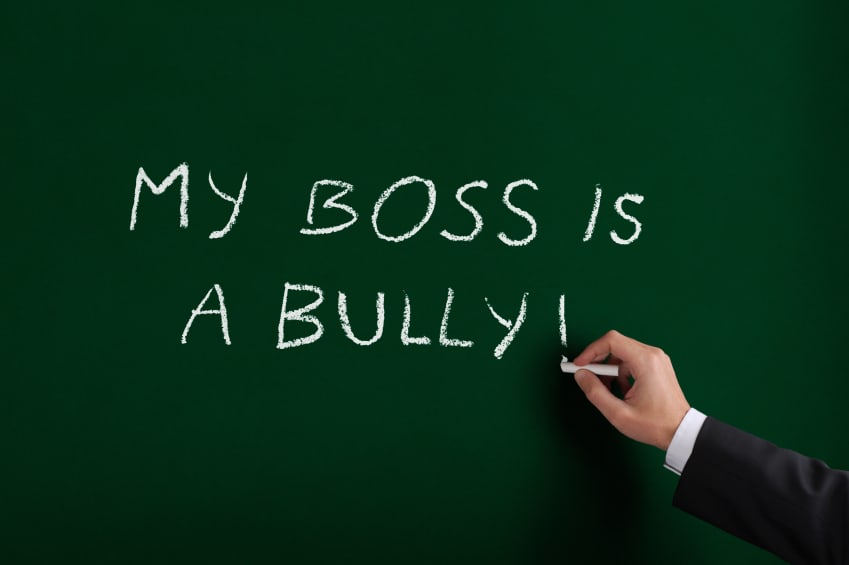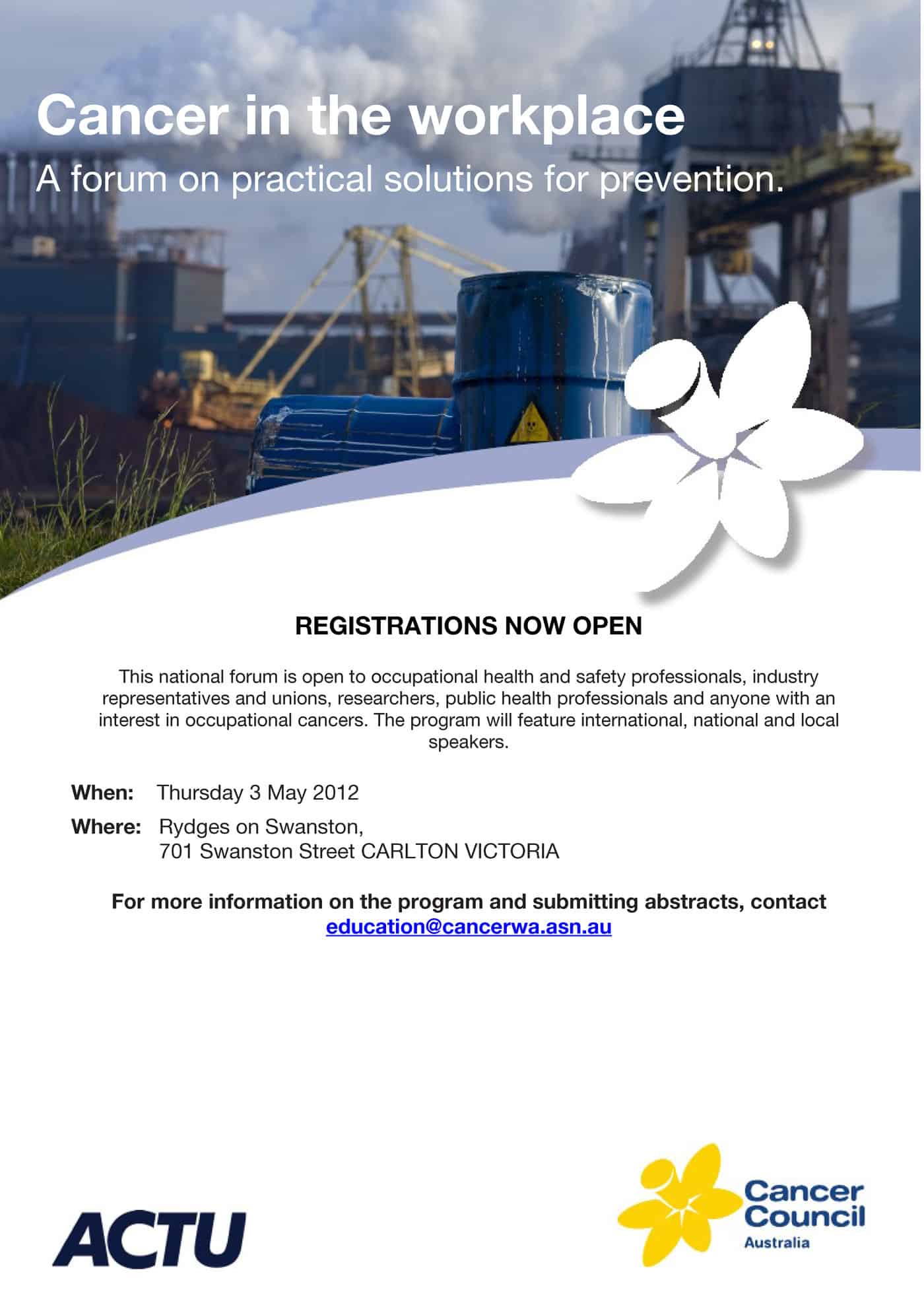Recently a colleague was asking why there was no reality in many of the workplace safety posters. Many countries are continuing with confronting campaigns or workplace injuries and fatalities but it is easy to suffer from graphic “fatigue” and a new approach is required. Part of this cycle has resulted in WorkSafe Victoria’s successful Homecomings campaign but even that campaign has a diminished impact, over time.
So I had a go at a couple of posters that I thought reflect the reality of workplace injuries and fatalities but also pack a punch. These posters were produced separately to any safety campaign and solely in response to my colleague’s comment.
I would welcome constructive criticism on these posters and their relevance to workplace safety.
I have also Mummy equivalents available and should add that these images have come from a photo library.





